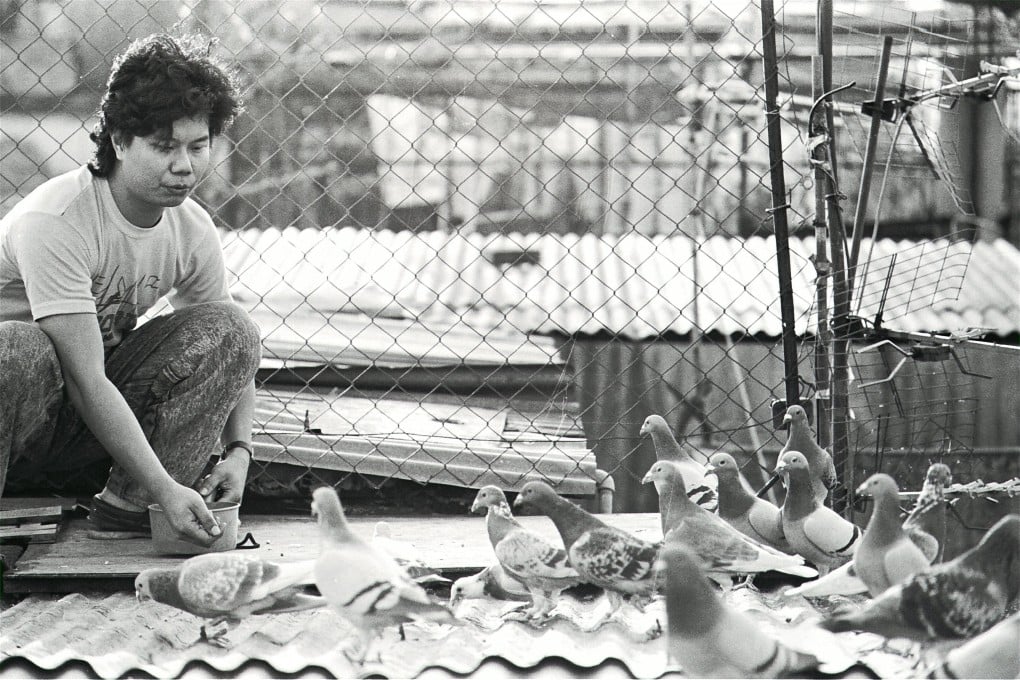Advertisement
Then & Now | How reverse migration turned pigeon into a culinary staple in Hong Kong
Often considered ‘rats of the sky’, pigeons became a popular choice for food in Hong Kong in the early 20th century because of their easy breeding
Reading Time:3 minutes
Why you can trust SCMP
0

Crispy-skinned, juicy-fleshed pigeons have been a popular restaurant staple in Hong Kong, Macau and various towns around the Pearl River Delta, for several decades.
But in many cities across the world, the mere thought of eating a pigeon is repellent. From London to Melbourne, feral birds are known – rightly – as “rats of the sky”, due to their omnivorous scavenging habits. London’s Trafalgar Square is world-famous – or notorious – for the mass gatherings of wild pigeons; and nearby pavements thickly splattered with their ordure are not the most appetising introduction to the bird’s culinary potential. Consequently, diners culturally unaccustomed to farmed pigeon on a restaurant menu, and thus unfamiliar with the extensive variety of delicious dishes that can be created from this humble bird, tend to give it a miss.

In Hong Kong, however, pigeon has always been a Cantonese delicacy. Less recognised are the international origins of the early local breeding stock, which highlight long-ago migration connections between Australia and the Pearl River Delta, and their significant role in the evolution of regional food culture. Many Chinese who migrated to Melbourne, northern Queensland and elsewhere in Australia from the 1860s claimed ancestral origins around Zhongshan, on the western side of the estuary; most maintained close links to their native villages and extended families. From the 1910s, a steady reverse migration process was under way, as some families who had prospered in Australia chose to return and settle in their home districts.
Pedigree pigeon breeding pairs – along with hitherto-uncultivated vegetable and fruit varieties, and a taste for dairy products and other foreign foods – were among the many cultural imports these returnees brought back. In due course, these pedigree pigeons, which produced more meat and laid larger clutches of eggs, were crossed with smaller, hardier local specimens, and new varieties steadily evolved. Shekki pigeon is the most well known, extensively farmed example, and takes its name from the market town between Macau and Zhongshan, where this crossbreed originated.

While Zhongshan remains the main regional pigeon-farming location – numerous specialist restaurants around the district serve nothing else – these hybrid birds were also introduced into Hong Kong from the 1920s, and commercial pigeon farming gradually developed. Pigeons can be successfully reared in a far smaller area than chickens, ducks and geese; much greater economies of scale for the individual farmer mean higher profit margins. In addition, pigeons are hardy and quick to mature; progress from a freshly hatched nestling to a crispy table-bird is only a matter of weeks.
Advertisement
Select Voice
Choose your listening speed
Get through articles 2x faster
1.25x
250 WPM
Slow
Average
Fast
1.25x
